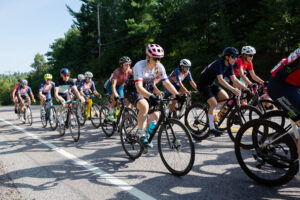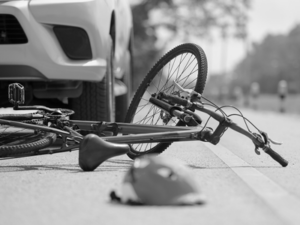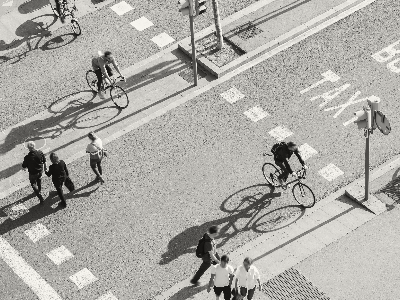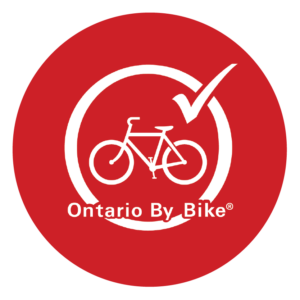Always In Motion
ROAD SAFETY
Safe Streets Halton was established with the aim of ensuring...
PROTECTING VULNERABLE ROAD USERS BY PASSING BILL 40 Ontario has...
We are pleased to announce the formation of a new...
ROAD USERS
Together in this
protect our vulnerable road users
Ontario Cycling and its partners are focussing on creating an environment in the streets of Ontario where all pedestrians feel secure. We aim to establish a community throughout the Province without traffic-related fatalities or severe injuries. We aim to make walking and cycling not just a safe choice but an appealing means of transportation.
In the streets of Ontario, efforts are being made to eliminate traffic hazards and enhance safety for all pedestrians. We support altered regulations, enforcement practices, street layouts, public perceptions, and the overall traffic culture to foster more secure and fair conditions for everyone using the roads.
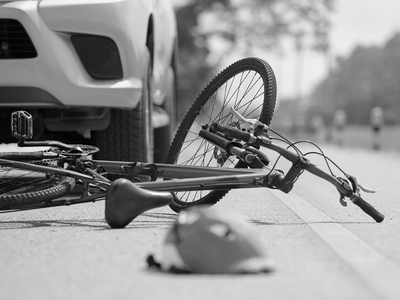
Enhancing road safety involves encouraging active transportation, discovering the beauty of Ontario via cycling, and safeguarding individuals considered vulnerable on the roads. The incorporation of cycling into both short and long-term infrastructure planning offers various advantages to communities. Creating bike-friendly environments yields economic, health, environmental, and social benefits for the community.



BIKE SAFETY TIPS
Every spring, the cycling season starts over, and the bike lanes are chock full of riders. Our partners at The Biking Lawyer are huge fans of bicycle commuting; however, they, more than anyone, are aware of the risks of riding. While cycling is generally a safe way to get around, The Biking Lawyer team put together the top ten tips and tricks that you can employ to vastly reduce the risk of collision or injury while riding your bike in the busiest hours of the day.
We always demand that motorists shoulder the majority of responsibility because of the disproportionate harm they cause. However, you can cycle defensively by using these tips. Cycle safe and have fun.
Probably the biggest advise to cyclists: use bike lights and wear some form of reflective gear. But the truth of the matter is that the most effective thing that a cyclist can do to avoid injury is to be highly visible. Many motorists engage in their daily commute in a state of autopilot. They pay less attention than they ought to and their focus is limited to risks that they can easily see and identify. The best thing that you can do as a cyclist when operating on busy roads is to make yourself conspicuous so that you are not struck as a result of the inattention of a motorist.
Cities across Canada have embraced cycling as an essential component of urban planning. They have built networks of cycling routes that while imperfect are better than the alternative. We recognize that there are major gaps and gaffs in the cycling routes created by most cities, but they are definitely safer than riding routes that are not designated as cycling routes. If you are going to get in the habit of riding on a daily basis take the time to plan a route that avoids the worst and most dangerous locations in your city.
There is no nice way to put it, Ontario roads are pockmarked with endless hazards. Whether you are riding in a bike lane or on a major throughway there are cracks, streetcar tracks and potholes everywhere.
Though it is tempting to let your guard down, even doing so for a moment can put you in harms way. Keep two hands on the bars and your mind on the ride. Doing so may help you avoid the worst of the obstacles.
When we hear about drivers who struck cyclists they always say the same thing “the biker came out of nowhere”. Though this is a ridiculous excuse it is clear that we have to take every possible step to make our presence known. One way to do this is by ringing your bell loud and often.
It is best to avoid riding on sidewalks. There are cases where bike lanes share sidewalks, but overall riding on a sidewalk is illegal in most municipalities and is a risk for the cyclist and for pedestrians.
Motorists making a right turn tend to be looking at pedestrians and they will excuse hitting a cyclist arguing that they could not have anticipated a bicycle. When faced with cases where a cyclist road directly from a crosswalk into an intersection the courts have penalized the cyclist by reducing the damages award.
Automobile drivers tend to ignore cyclists when they pass cyclists on their left. They underestimate the speed of the bike and think that the are perfectly entitled to make a right turn directly into our path of travel. As a cyclist in a bike lane you are completely in the right when you are struck by a right turning vehicle, however, it is better to be healthy than in the right. If you are in a lane with vehicles to your left you must assume that they could turn right. As you approach the intersection get in a defensive posture, keep your hands on the breaks and be ready. You cannot assume that the motorist will be diligent and check their mirror. Ride defensively.
Ontario’s Highway Traffic Act places a pretty strict onus upon cyclists to follow the rules of the road. As dedicated cyclists ourselves be aware aware that the rules of the road were made for cars and that bikes were an afterthought. Nonetheless, it is important to try your best to follow the rules of the road as closely as you can. This means that when you are commuting on your bike you are going to stop at red lights, respect crosswalks, use your hand signals whenever possible. The list goes on and on. All of us are constantly told by motorists that “cyclist’s do not follow the rules”. It is important to our community that we dispel this terrible myth.
We will admit, riding with music is incredibly nice, however, it increases risk and therefore should be avoided. When you are riding in traffic you need access to all of your senses. One small mistake or misstep can be so costly that we recommend that you leave any audio devices at home.
Some of our most serious claims have been caused by motorists running late amber or red lights. Though these accidents are infrequent they are often the most serious. It may be tempting to jump the gun and get a head start when you are at an intersection, however, unlike a motorist you are not encapsulated in a metallic shell. Unless you are absolutely sure that traffic has come to a complete stop do not risk entering an intersection.
You do not need to be a hero or a risk taker to be a daily commuter. If traffic is particularly bad or if you feel that drivers aren’t respecting your space trust your intuition. Never push yourself to ride when you aren’t feeling comfortable. Riding is supposed to be enjoyable and healthy not a stressful anxiety provoking process.

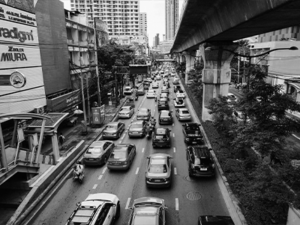
THERE IS MORE:
Check out The Biking Lawyer’s website and read through the articles. They have curated a great variety of resources on ride safety.
KNOW YOUR RIGHTS
Whether you are an experienced cyclist or a novice, if you ride on public roadways you need to stay safe and know your rights.
A common misunderstanding among cyclists is what you can do in a hit and run scenario. What if the driver does not stop and speeds off? What if they are oblivious to the fact they hit you in that massive SUV?
Hit and runs are a nightmare scenario for cyclists, the at fault party is gone. Often it appears that there is no evidence of who the driver is. Importantly, this driver’s auto insurer cannot be identified and made to compensate the victim.
One of the most common issues we find is that cyclists are unaware that they are entitled to no-fault auto insurance "Accident Benefits" if they are involved in a crash with a motor vehicle.
David Shellnutt | The Biking Lawyer
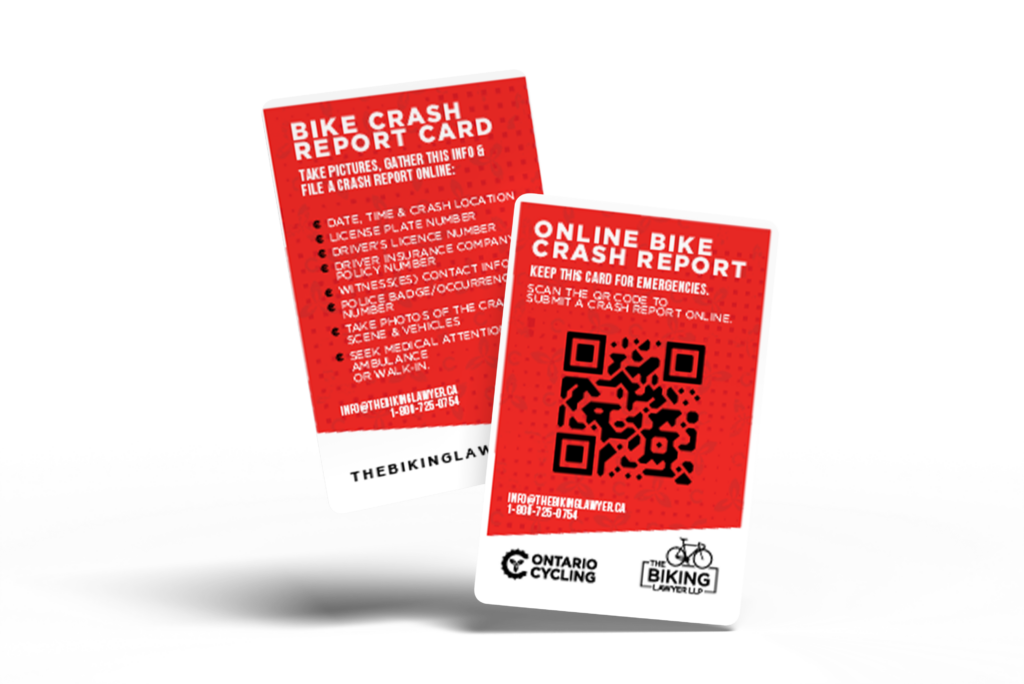
If the unthinkable happens and you are involved in a non-hit and run bike/bike crash review our crash guide.
The Crash Guide is tailored towards victims of bike crashes written by cycling lawyers who represent hundreds of cyclists who have been involved in all manner of crashes. Of course, your bike crash will be unique, as will your injuries. Here is a step by step of what you should try to do if you are involved in a bike crash. Please take from this guide only what you can do based on your health and safety.
Check out the video below for more detailed information on the Know Your Rights Workshop. Please contact the office and ask for your personal crash card.
ADVOCACY GROUPS
ONTARIO BY BIKE
For cyclists, the Ontario By Bike™ Network offers a variety of information on cycling in Ontario, inspiring visitors and residents to explore more by bike. Find great places to cycle, links to useful cycling maps and plan your day trip or multi day cycling itineraries with stops at certified bicycle friendly businesses enroute.
SAFE STREETS HALTON
Safe Streets Halton’s mission is to eliminate traffic deaths and improve the quality of life in Halton Region by enabling residents to safely and comfortably use sustainable and active modes of transportation.
SSH acts as a group where safe streets and active transportation advocates can collaborate. We commit to being a resource for the public in educating on Vision-Zero strategies. When called upon, we will use our voice as a collective to demand and guide change.
Cycle Toronto
Cycle Toronto is a member-supported charity that works to make Toronto a healthy, safe and vibrant cycling city for all. The organization are focused on advocacy, education and encouragement, as they work to shape policy and infrastructure, and build community to transform Toronto’s cycling culture. They engage a diversity of people in their work, pursuing evidence-based solutions that make cycling a viable option for all Torontonians.
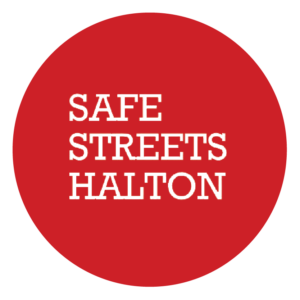
A region with zero traffic deaths and serious injuries. A region where walking and cycling are not only a safe option, but a compelling way of getting around. Kids playing in the streets, neighbours and friends having chance encounters, improved health and cleaner air – it’s not a pipe dream.
Photographer Acknowledgement
The photographs and images used on the official website of Ontario Cycling are courtesy of:
The photographs and images used on the official website of Ontario Cycling are courtesy of:
The content and material available on this Website, including, but not limited to, graphics, logos, sounds, images, software, text and information (collectively, “Content”) are protected by copyrights, trademarks, servicemarks, patents or other proprietary rights or laws and may not be modified in any way.
By entering this Website, user acknowledges and agree that the Content is owned or licensed by Ontario Cycling or used by Ontario Cycling with permission, and may not be used by user without prior written approval.
Without in any way waiving any of the foregoing rights, user may download one copy of the material on this Website for personal, noncommercial home use only, provided no copyright, trademark or other proprietary notices are changed or deleted. Content may not be copied, reproduced, modified, republished, uploaded, posted, transmitted or distributed in any form without Ontario Cycling’s prior written consent.
Any other use of this Website without the prior written authorization of Ontario Cycling is prohibited. The permission to recopy by an individual does not allow for incorporation of material or any part of it in any work or publication, whether in hard copy, electronic, or any other form. Ontario Cycling and the holder of any other intellectual property rights in the Content do not grant any express or implied right to user under any copyrights, trademarks, servicemarks, patents, or trade secret information of Ontario Cycling
All rights not expressly granted herein are reserved. Any unauthorized use of the Content may violate copyright, trademark and other applicable laws and could result in criminal or civil penalties.

